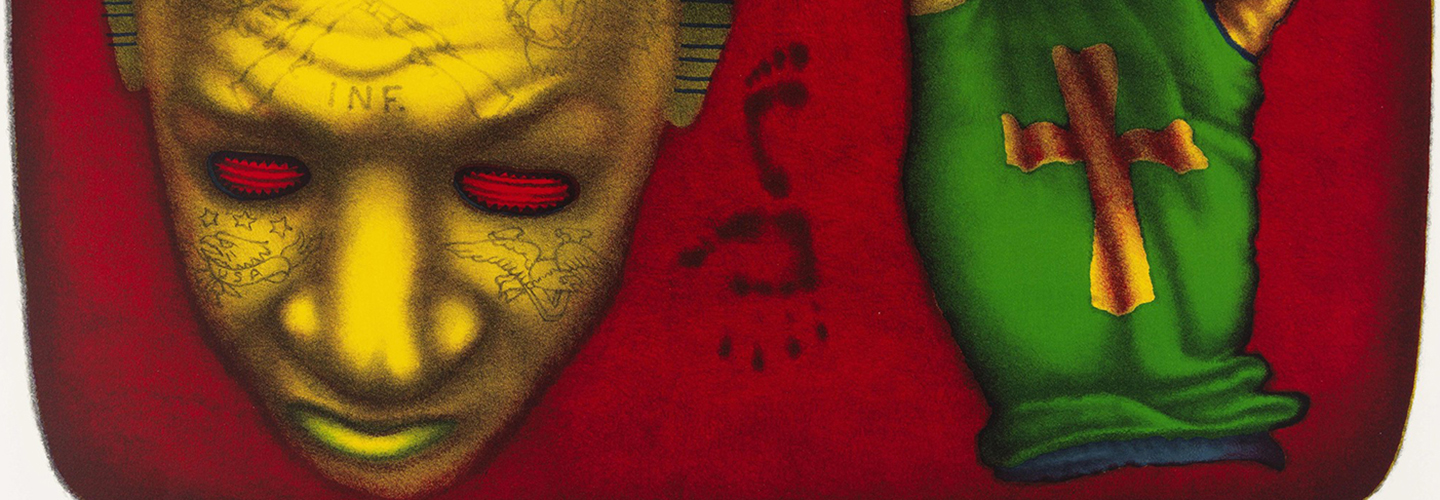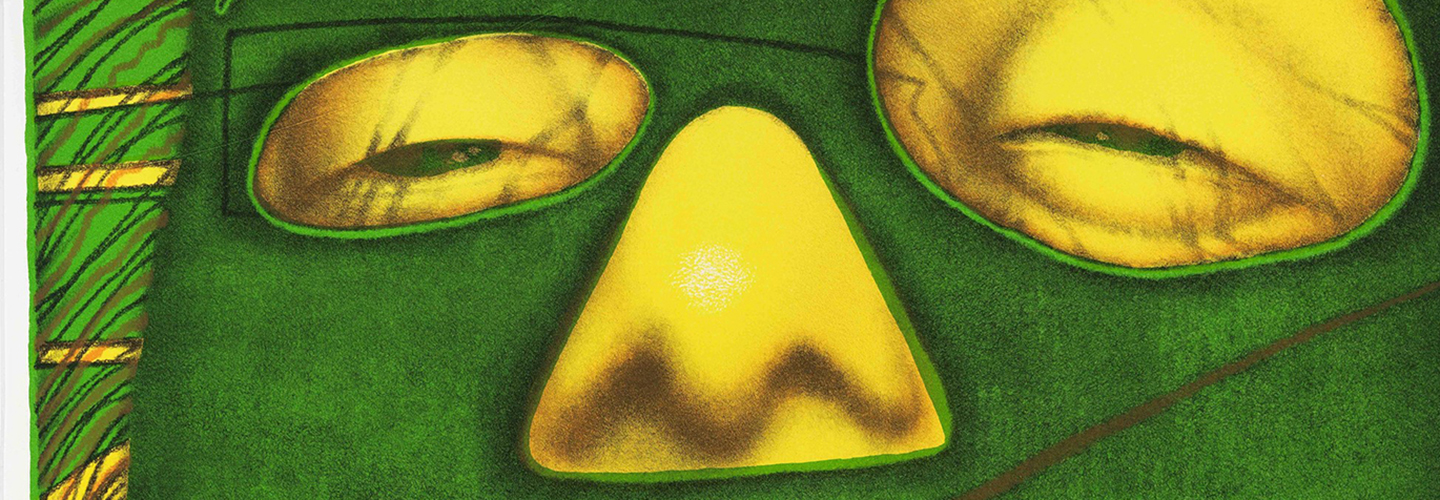Ed Paschke (1939–2004) often began his classes with the assignment to “break a rule.” A bold innovator who enjoyed disrupting conventions, Paschke mentored students at over two and a half decades at Northwestern University to think outside the box. His work and his teaching were devoted to experimentation, playful exploration of the human experience, and capturing “every manner of humanity.” This exhibition considers his teaching alongside his art, foregrounding his printmaking along with self-produced pedagogical materials, to offer a new perspective on this well-known Chicago artist.
The exhibit is organized around three tenets at the core of Ed Paschke's teaching and artistic practices: learn the rules in order to break them, trust your instincts, and get out of your comfort zone. While Paschke taught his students basic techniques in painting and drawing, he also encouraged them to break rules and create something entirely their own.
Paschke, who exhibited with the Chicago Imagists and gained recognition in the 1960s and 70s, is known for a range of subjects and characters often considered to be from the social margins. His own works also featured members of the many of Chicago’s various alternative communities, including strippers, burlesque dancers, Lucha Libre wrestlers, and boxers. However, he also sometimes took classic images, like a photograph of the head of the Sphinx, and experimented with color additions, adding symbols and patterns, and covered the original image to render it his own. The process of forging new ground required trusting one’s instincts, and Paschke noted that one challenge of teaching was encouraging intelligent students, accustomed to relying on logic, to break rules and trust their gut instinct. He also encouraged his students to get out of their comfort zone. This diversity and interaction he encouraged


